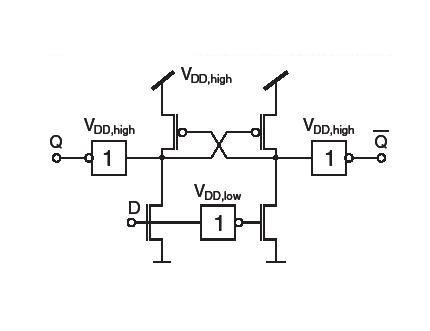kaka.alonso
Newbie level 5

what is the mechanism of asynchronous level-shifter?
it is said a contention exists between the pull-down devices and the feed-back path
how to understand it?
thx

it is said a contention exists between the pull-down devices and the feed-back path
how to understand it?
thx

